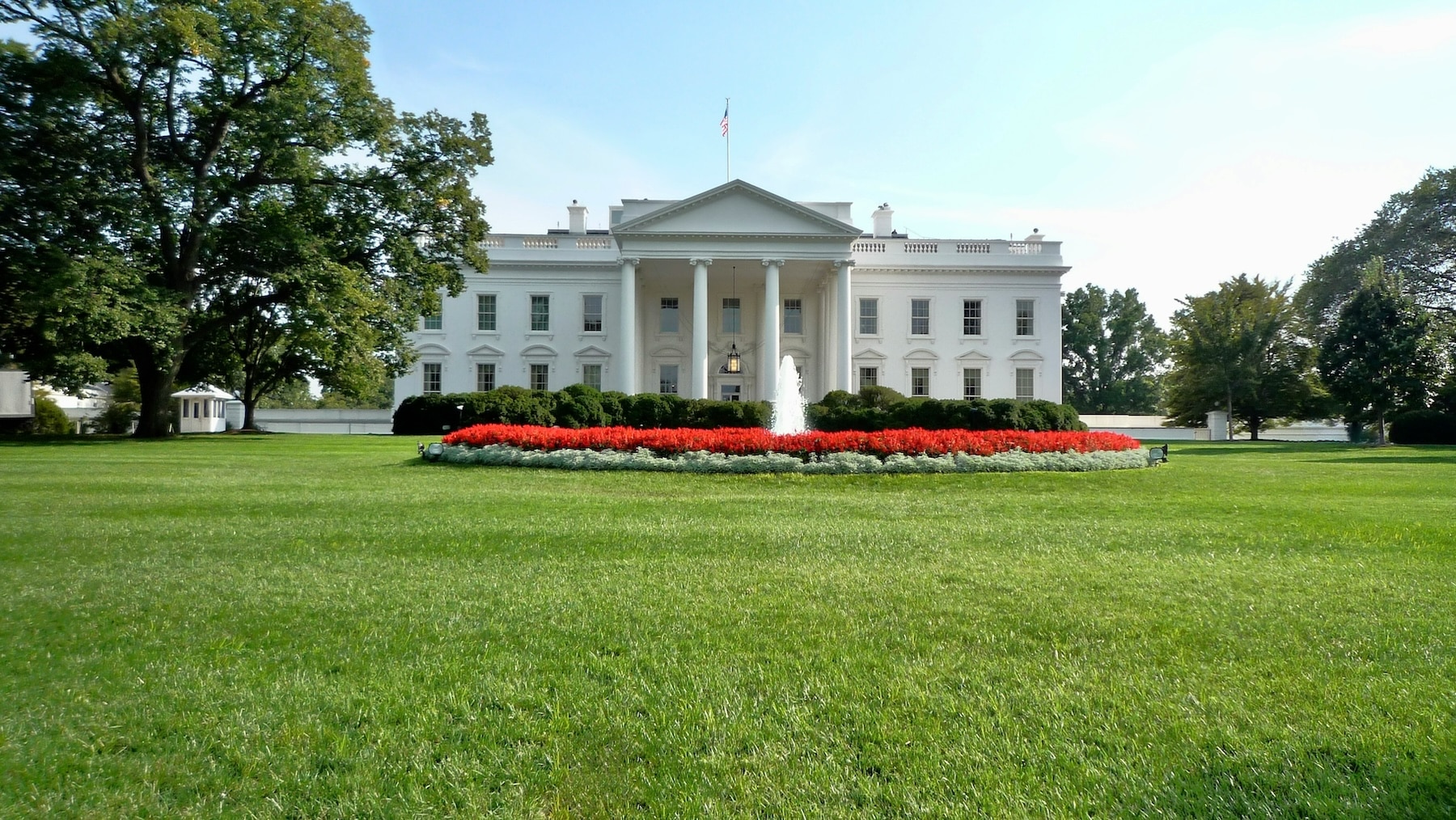The new US AI Action Plan prioritizes technological supremacy over regulation, rights, and sustainability
The Trump administration has officially unveiled its ambitious and controversial AI Action Plan, a 20-page policy roadmap that marks a radical shift in the United States’ tech strategy. Rather than aiming to contain or regulate the risks associated with this technology, the plan seeks global dominance of artificial intelligence (AI) by removing regulatory barriers, boosting critical infrastructure, and drawing a geopolitical line between allies and competitors.
During an impassioned speech at the “Winning the AI Race” summit, President Trump made his goal clear: “The United States will lead in AI at all costs, even if it means doubling our national power production.” The strategy, which includes immediate measures and others in development, anticipates a new series of executive orders designed to accelerate an unprecedented technological revolution.
Three pillars, one goal: global supremacy
The Action Plan is built around three core axes:
Total deregulation to accelerate AI
The Office of Management and Budget (OMB) is tasked with reviewing and repealing all regulations, guidelines, memos, or interagency agreements that “unnecessarily hinder the development or deployment of AI.” This deregulatory effort includes removing references to diversity, equity, or inclusion from the NIST risk management frameworks.Infrastructure: data centers, chips, and energy
The plan proposes easing requirements that delay the construction of data centers and semiconductor manufacturing facilities. It envisions a rapid expansion of the energy grid, giving companies the green light to build their own power plants. Justified by the growing energy demands of AI models, this could have large-scale environmental impacts.Global export and standardization
The U.S. aims to encourage its allies to adopt American technology as the de facto standard. This geopolitical strategy aligns with NVIDIA CEO Jensen Huang’s vision of making U.S. AI technology the cornerstone of the global digital infrastructure.
Unrestrained AI: rights, copyright, and ethics sidelined
The plan completely omits references to fundamental rights or protections against misuse of AI. It openly opposes including considerations of diversity or algorithmic justice, dismissing them as “ideological biases.”
Regarding intellectual property, Trump was unequivocal: “You shouldn’t expect AI programs to succeed when you have to pay for every article, book, or other material read or studied.” The message is clear: AI trained on copyrighted material should not compensate authors, publishers, or rights holders.
The document also stipulates that states cannot impose regulations on AI, centralizing authority within the federal government. Simultaneously, it encourages the use of AI within government agencies, emphasizing military applications and national security.
Reshaping the labor and legal landscape
Trump’s administration believes AI will transform the job market and promotes “accelerated retraining” for workers. However, it does not address compensation mechanisms or propose protections for vulnerable sectors affected by automation.
Additionally, the plan sets criteria that the federal government will only collaborate with “objective and ideologically unbiased” language model developers—an ambiguous line that could lead to blacklists of developers or tools. This might open the door to discrimination lawsuits and restrictions on free expression in tech development.
Global repercussions of a unilateral plan
While the AI Action Plan is not legally binding, it sets the agenda the administration will follow in the coming months. Several executive orders are expected this week to implement measures outlined in the document.
The clear objective is to win the “AI battle” through a strategy that ignores collateral effects—including the erosion of civil rights, environmental protection, oversight of autonomous weapon systems, and the increasing concentration of technological power in a few American corporations.
Europe, China, and the rest of the world now face a dilemma: follow the U.S. example with its inherent risks or develop an alternative model where innovation coexists with democratic principles, sustainability, and human rights. The stakes are much higher than technological leadership; they concern the future balance between progress and responsibility.
Source: WhiteHouse

